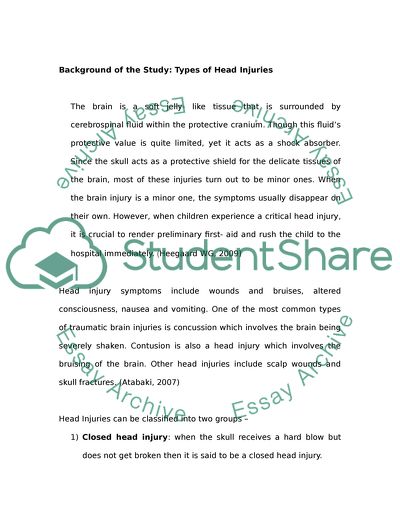Cite this document
(“Head injury in childen Essay Example | Topics and Well Written Essays - 2000 words”, n.d.)
Retrieved from https://studentshare.org/health-sciences-medicine/1437836-in-a-child-with-a-head-injury-does-vomiting
Retrieved from https://studentshare.org/health-sciences-medicine/1437836-in-a-child-with-a-head-injury-does-vomiting
(Head Injury in Childen Essay Example | Topics and Well Written Essays - 2000 Words)
https://studentshare.org/health-sciences-medicine/1437836-in-a-child-with-a-head-injury-does-vomiting.
https://studentshare.org/health-sciences-medicine/1437836-in-a-child-with-a-head-injury-does-vomiting.
“Head Injury in Childen Essay Example | Topics and Well Written Essays - 2000 Words”, n.d. https://studentshare.org/health-sciences-medicine/1437836-in-a-child-with-a-head-injury-does-vomiting.


